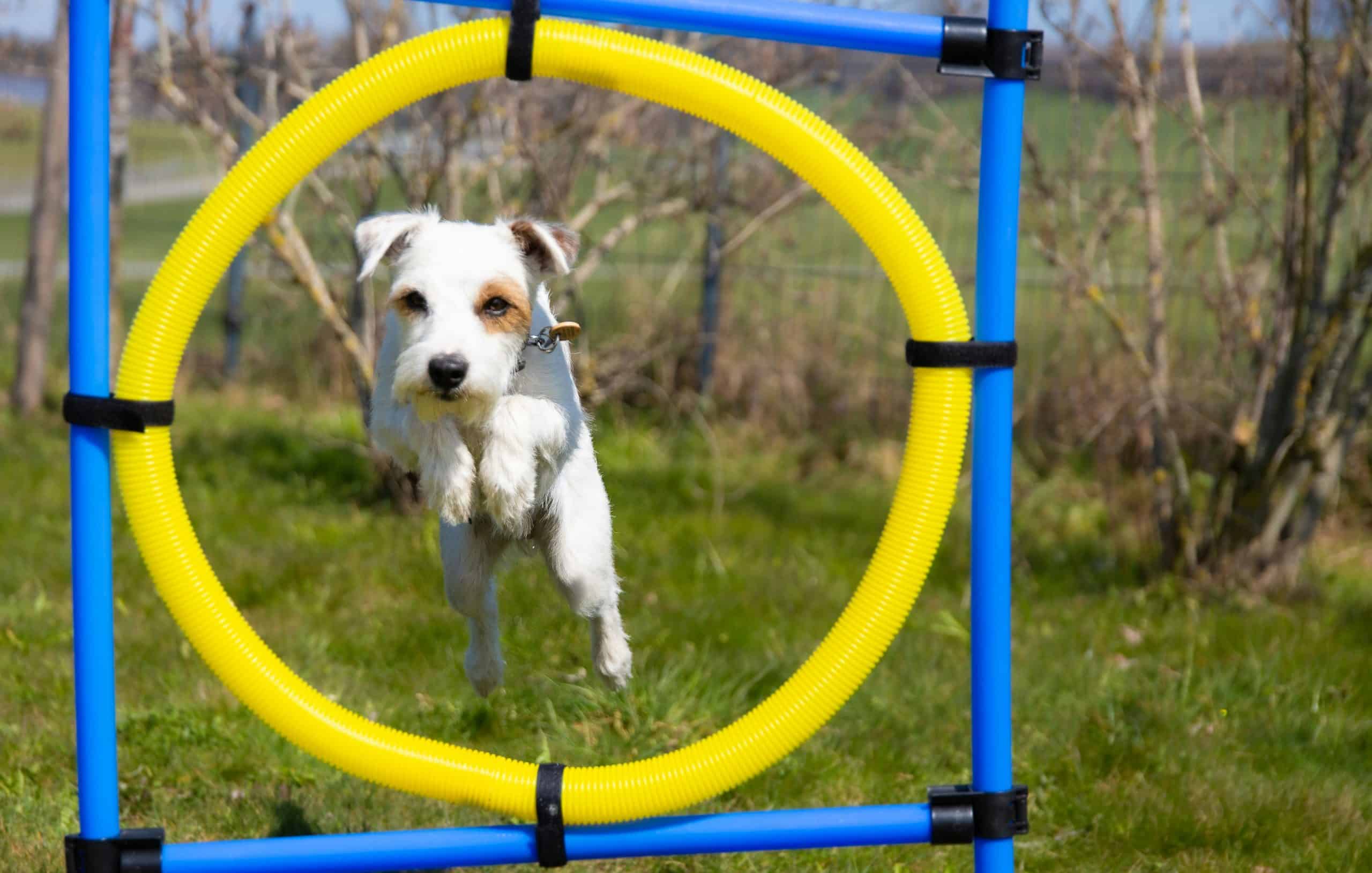Agility sports for dogs have surged in popularity over the years and for good reason. This delightful activity not only provides an excellent source of exercise for your canine companion but also enhances the bond between you and your dog. Agility training involves teaching your dog to navigate an obstacle course, including jumps, weave poles, and tunnels, with speed and precision. It’s a sport that can cater to various dog breeds and is accessible to handlers of all experience levels. Whether you’re looking to compete in dog sports or just want to have fun with your pup, agility training can be a rewarding experience.
If you’re new to the world of dog agility, it may seem a bit overwhelming at first. However, with the right techniques and a bit of patience, you’ll find that training your dog for agility sports is a fulfilling endeavor. This comprehensive guide will walk you through the essentials of getting started, enhancing your training sessions, and ensuring that both you and your dog are having fun every step of the way.
En parallèle : Why do cats love high places?
Understanding Dog Agility
Before diving into agility training, it’s essential to understand what the sport entails. Dog agility is a canine sport in which a handler directs their dog through an obstacle course in a race for both time and accuracy. The course includes various obstacles such as tunnels, tire jumps, seesaws, and weave poles that test your dog’s agility and your ability to train and direct them.
The Role of Agility in Canine Life
Agility training goes beyond just the physical benefits; it also offers mental stimulation for your dog. It encourages them to think and make decisions quickly, which can be especially beneficial for high-energy dog breeds. Additionally, the sport promotes a deeper connection between dog and handler, as you will work together closely as a team.
Sujet a lire : Managing separation anxiety in dogs
Preparing Your Dog for Agility
When you decide to embark on the journey of teaching your dog agility, preparation is key. You’ll want to ensure your dog is physically fit and mentally ready to start training for this dynamic sport. Here are some tips to get your dog ready for the agility course:
Health and Fitness Considerations
Before starting agility training, have your dog checked by a veterinarian to ensure they are healthy and fit enough to participate in such an active sport. This is crucial as agility can be physically demanding, and any hidden health issues could be exacerbated by the high level of activity.
Building a Foundation of Obedience
Starting with basic obedience commands is vital. Your dog should have a solid understanding of commands such as sit, stay, come, and heel. These commands will be the foundation upon which you will build more complex agility commands.
Training Techniques and Tips
Training your dog for agility sports requires a blend of patience, consistency, and positive reinforcement. Here are some techniques and tips that will help you and your dog excel in agility training.
Starting With Basic Obstacles
Introduce your dog to agility by starting with the simplest obstacles. Begin with a single jump or short tunnel to get your dog used to the idea of following commands while navigating obstacles. Make sure to keep the training sessions short and fun.
Positive Reinforcement
Positive reinforcement is key in agility training. Always reward your dog for successfully completing an obstacle or for making an effort. Treats, toys, and verbal praise are all effective ways to encourage and motivate your dog.
Advancing Your Agility Training
Once your dog has mastered the basics, you can start advancing through more complex training sequences and obstacles. This is the stage where your dog’s agility skills will begin to flourish.
Complex Obstacle Courses
Gradually introduce your dog to more challenging obstacles such as weave poles and seesaws. As your dog’s confidence grows, you can combine obstacles to create sequences that mimic those found in competitive agility courses.
Training Sessions and Consistency
Consistency is crucial in agility training. Regular training sessions will help your dog improve their skills and build muscle memory. Aim to train a few times a week, keeping sessions engaging and ending on a positive note.
Finding the Right Agility Class or Club
Sometimes, guidance from experienced handlers and trainers can be invaluable. Joining an agility class or club can offer a supportive community and access to proper equipment and facilities.
Researching Local Options
Start by researching local dog training schools and clubs that offer agility classes. Look for classes that suit your dog’s level of experience and your own training preferences.
AKC and Other Organizations
The American Kennel Club (AKC) is an excellent resource for finding reputable agility classes and events. They also provide a wealth of information about the sport and how to get involved at a competitive level.
Conclusion: Embracing Agility Training with Your Dog
Agility training offers a world of benefits for both you and your dog. It’s a sport that can adapt to suit a range of abilities and can be as competitive or as casual as you prefer. Not only does it provide an excellent physical workout for your pup, but it also sharpens their mind and strengthens your bond. Remember to keep the training sessions fun and to progress at a pace that is comfortable for your dog. With the right approach, you will watch your pup transform into a confident and joyful agility dog. Whether you’re aiming for the heights of AKC competitions or just looking for a new activity to enjoy together, agility sports offer an exciting avenue to explore with your furry friend. So, go ahead and take the leap into agility training—you and your dog will relish the challenge and the joy that this sport agility brings!





